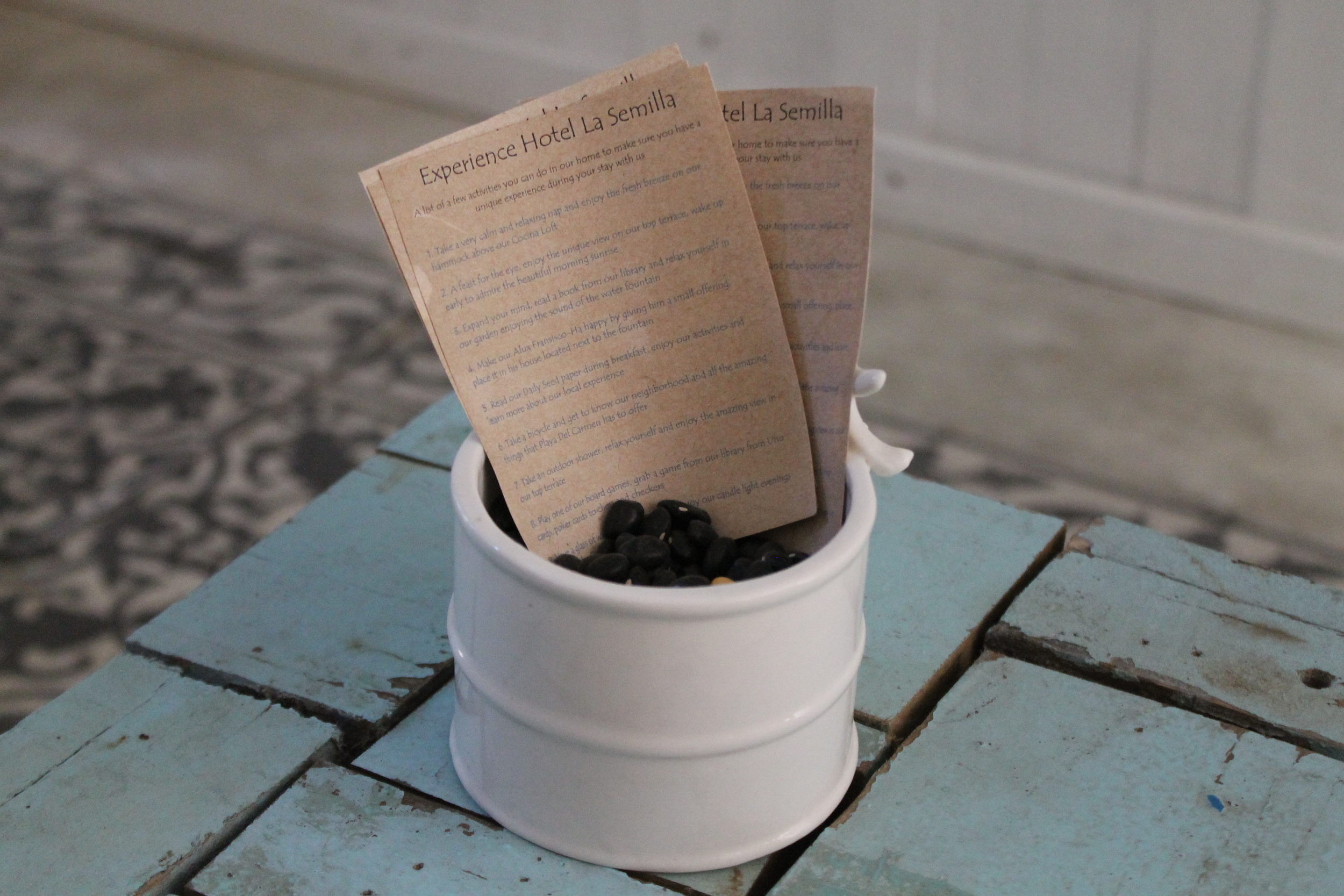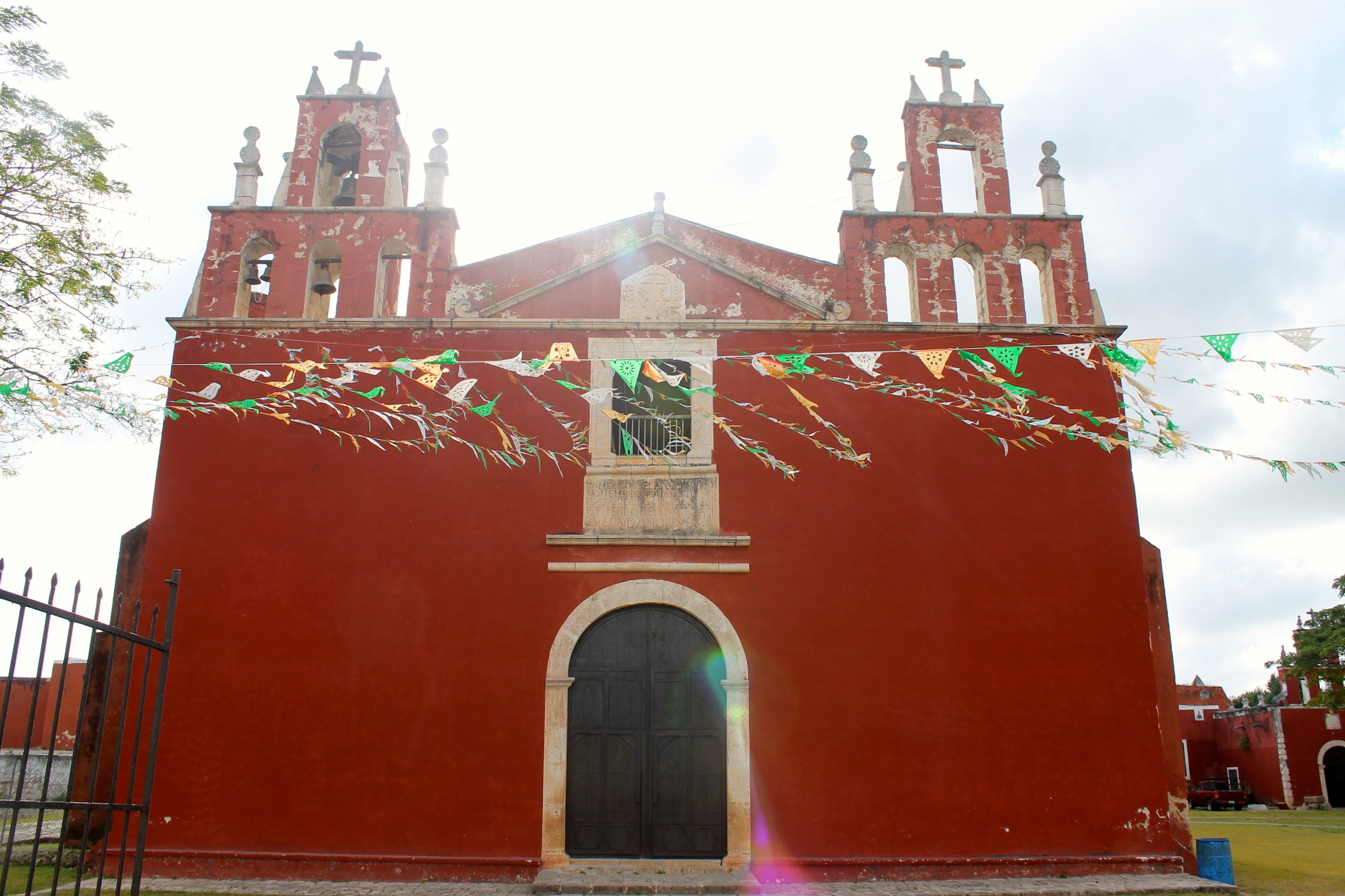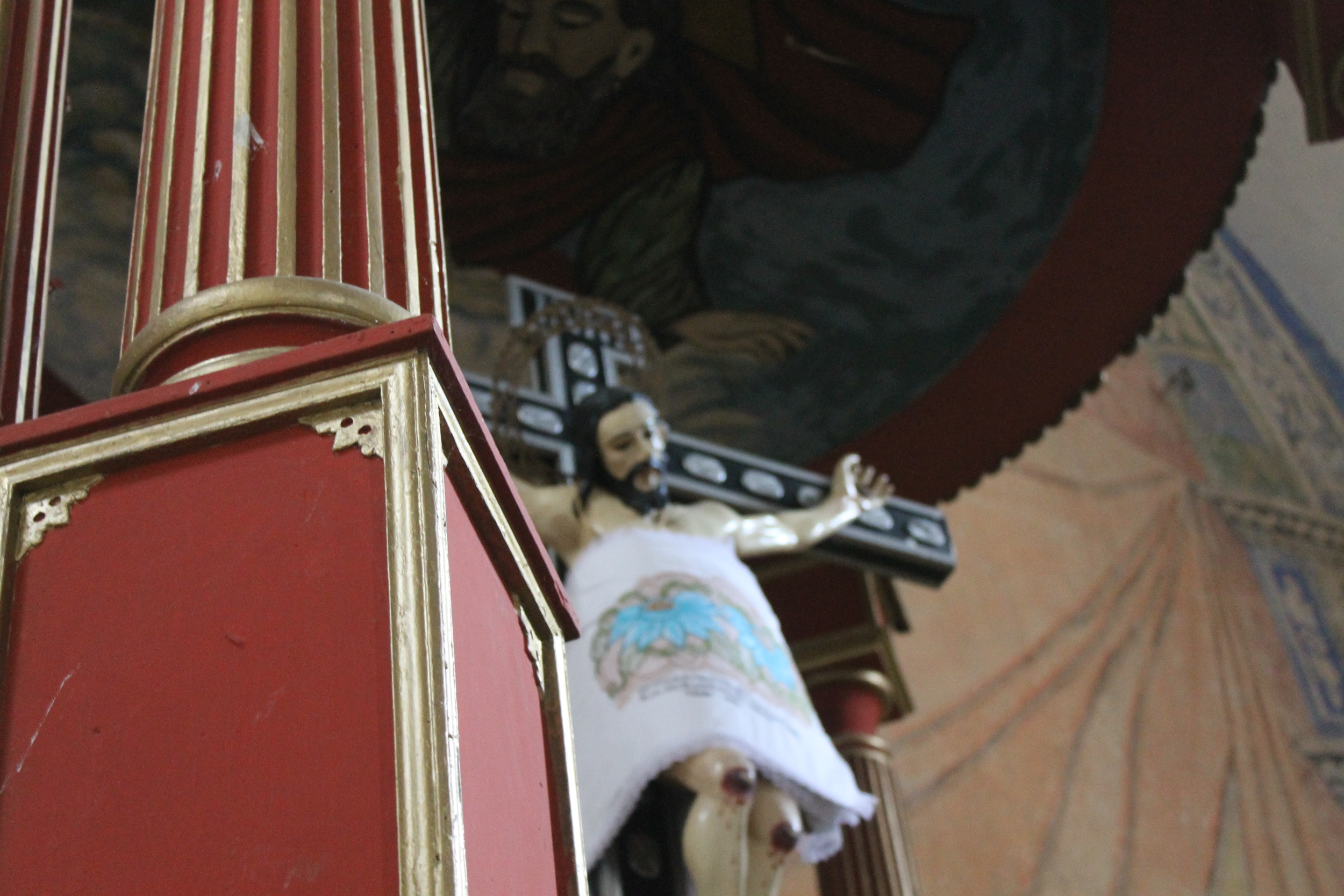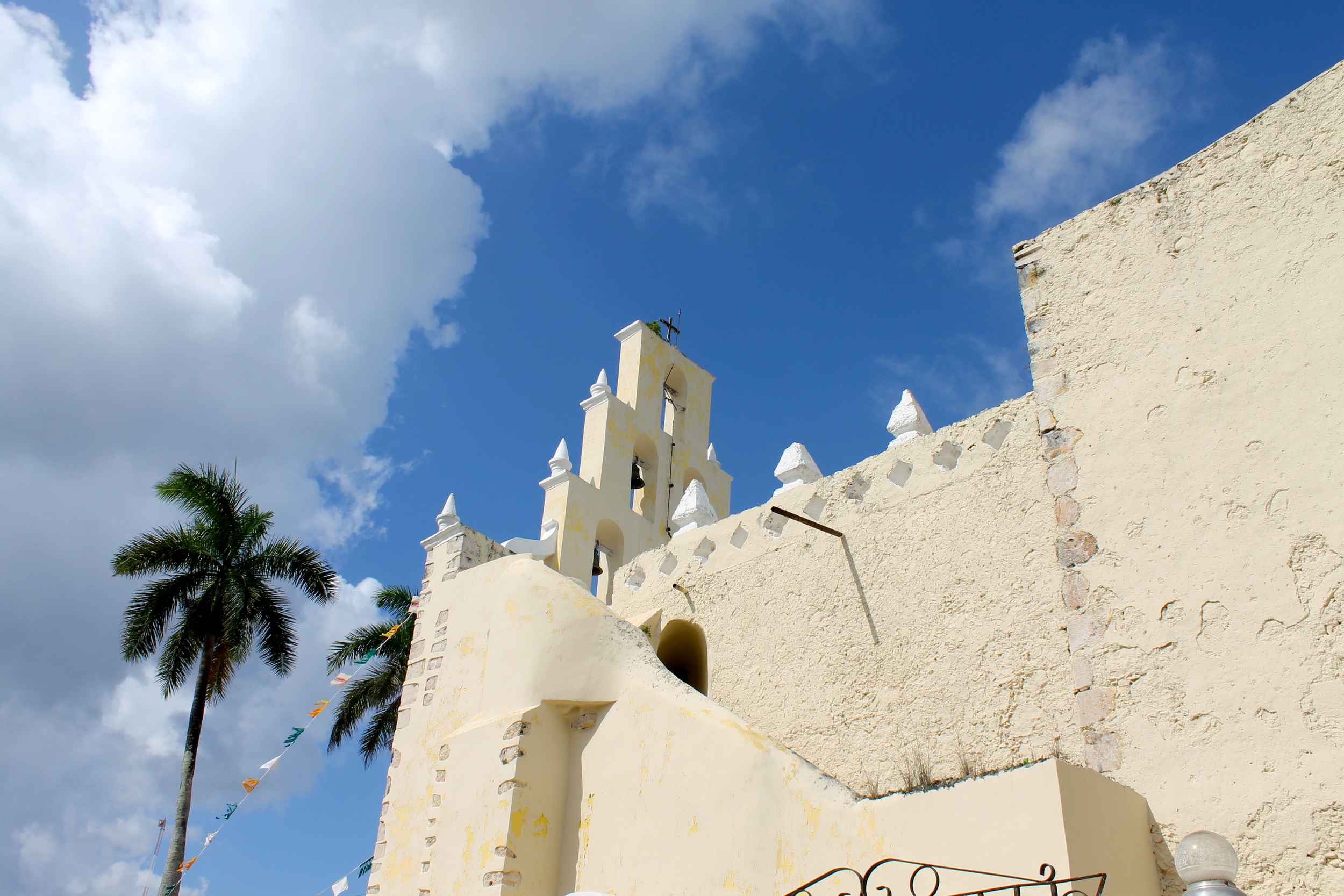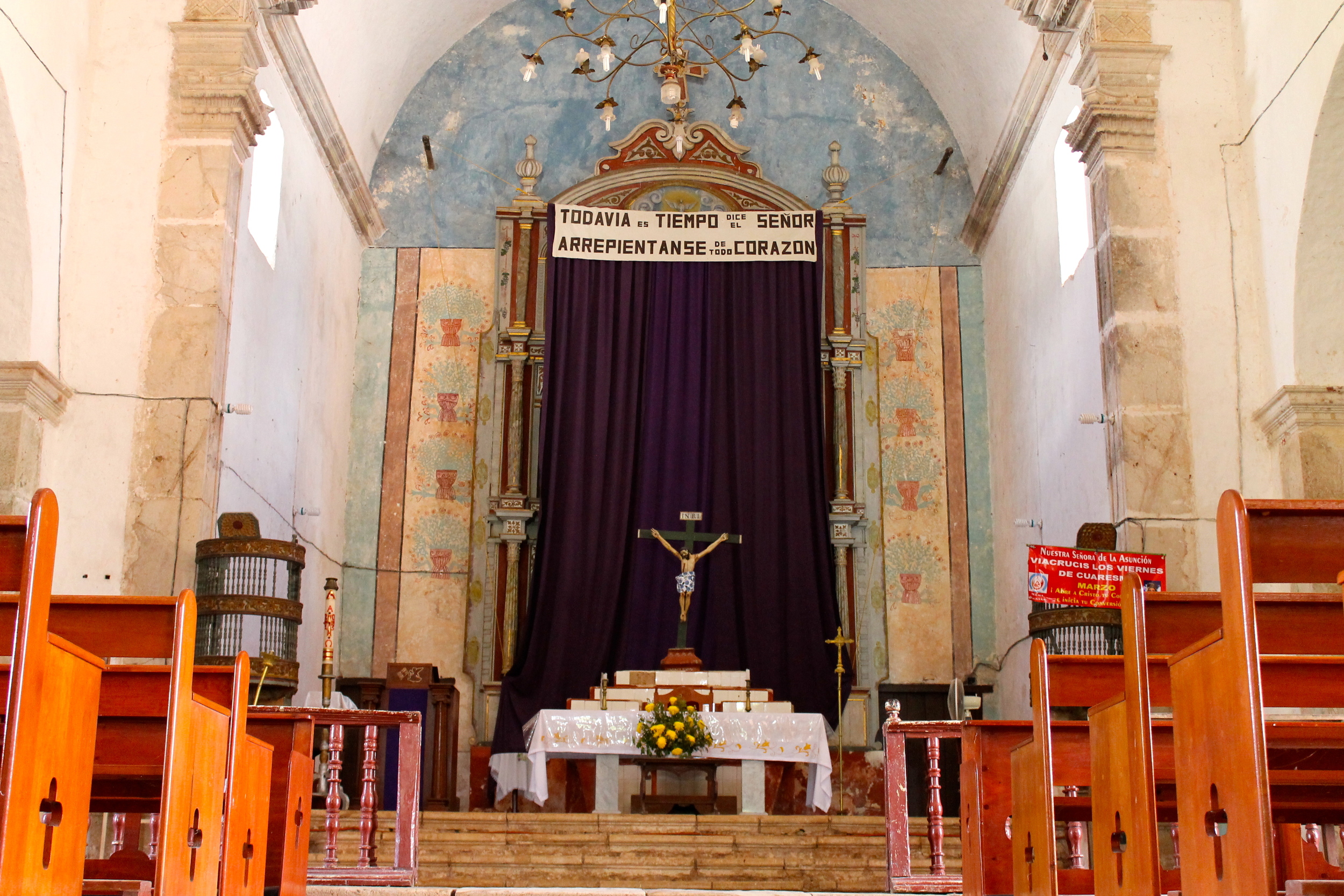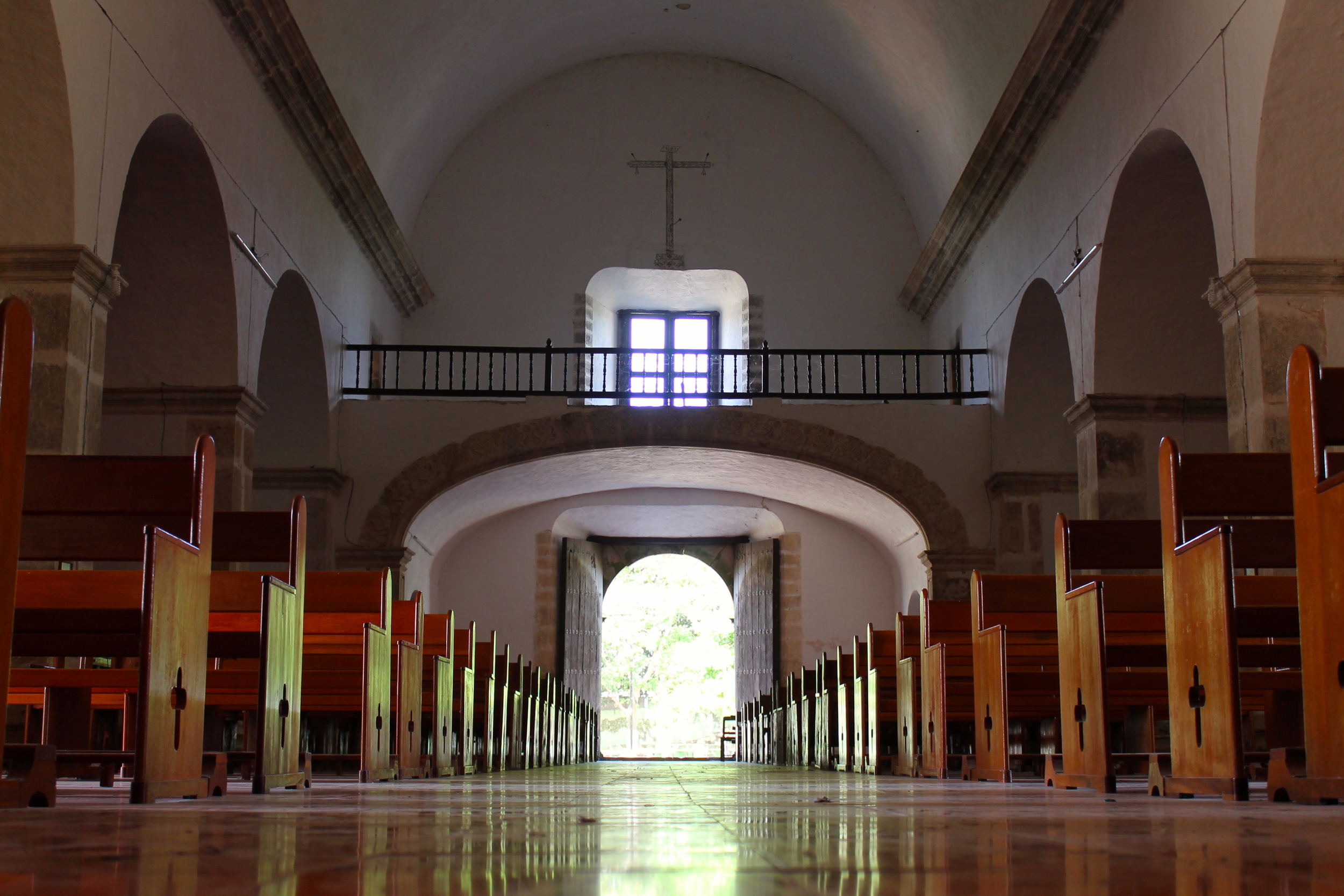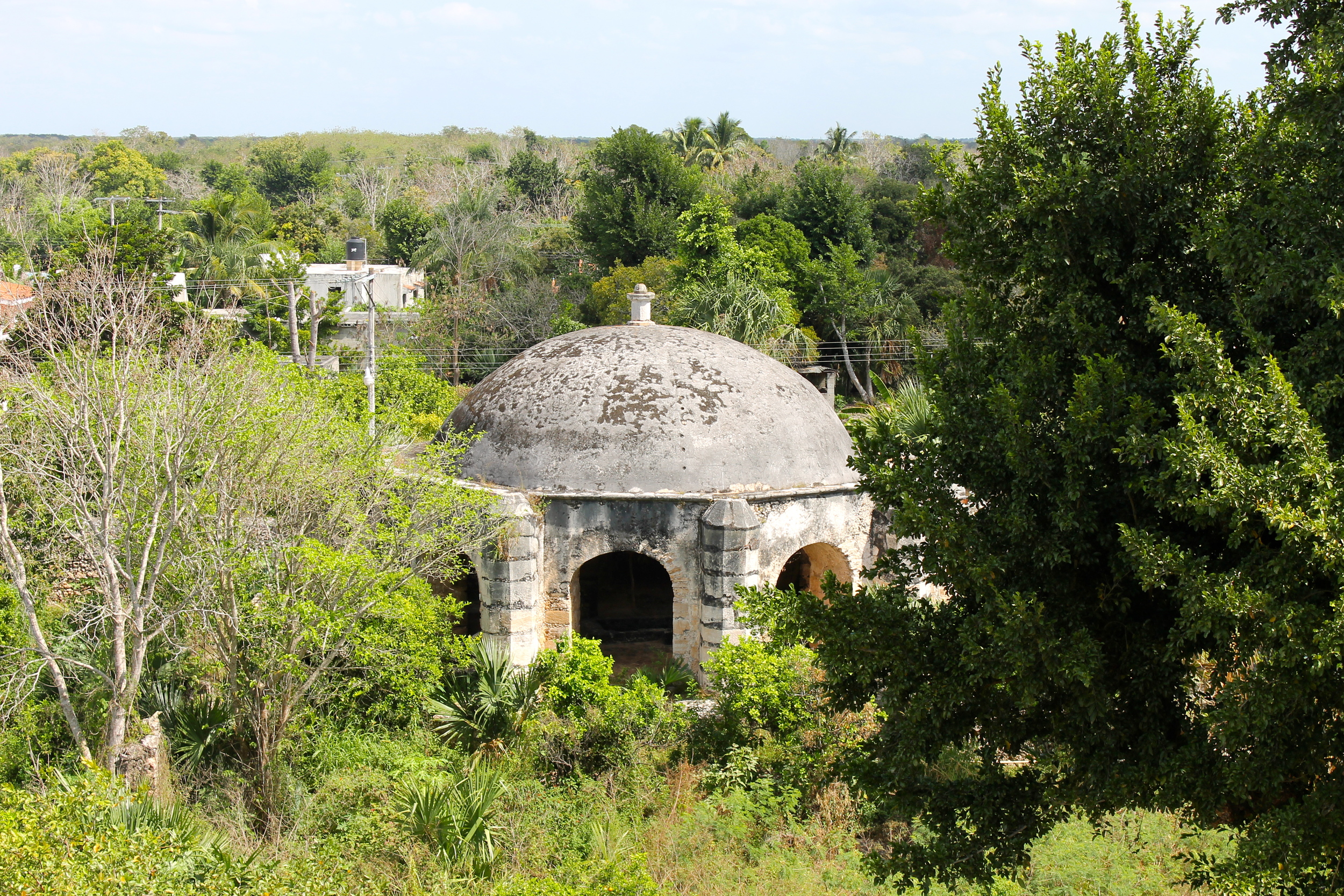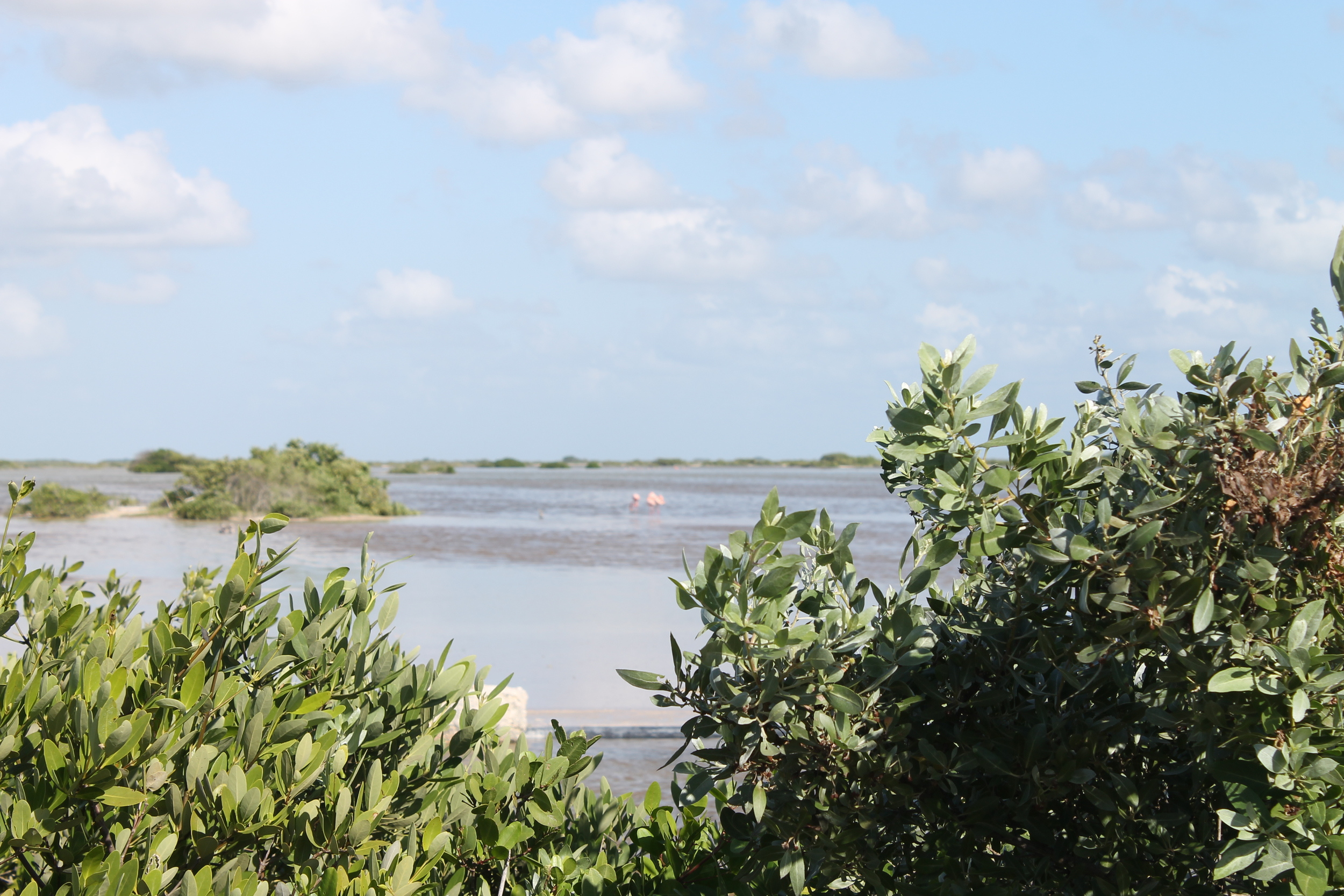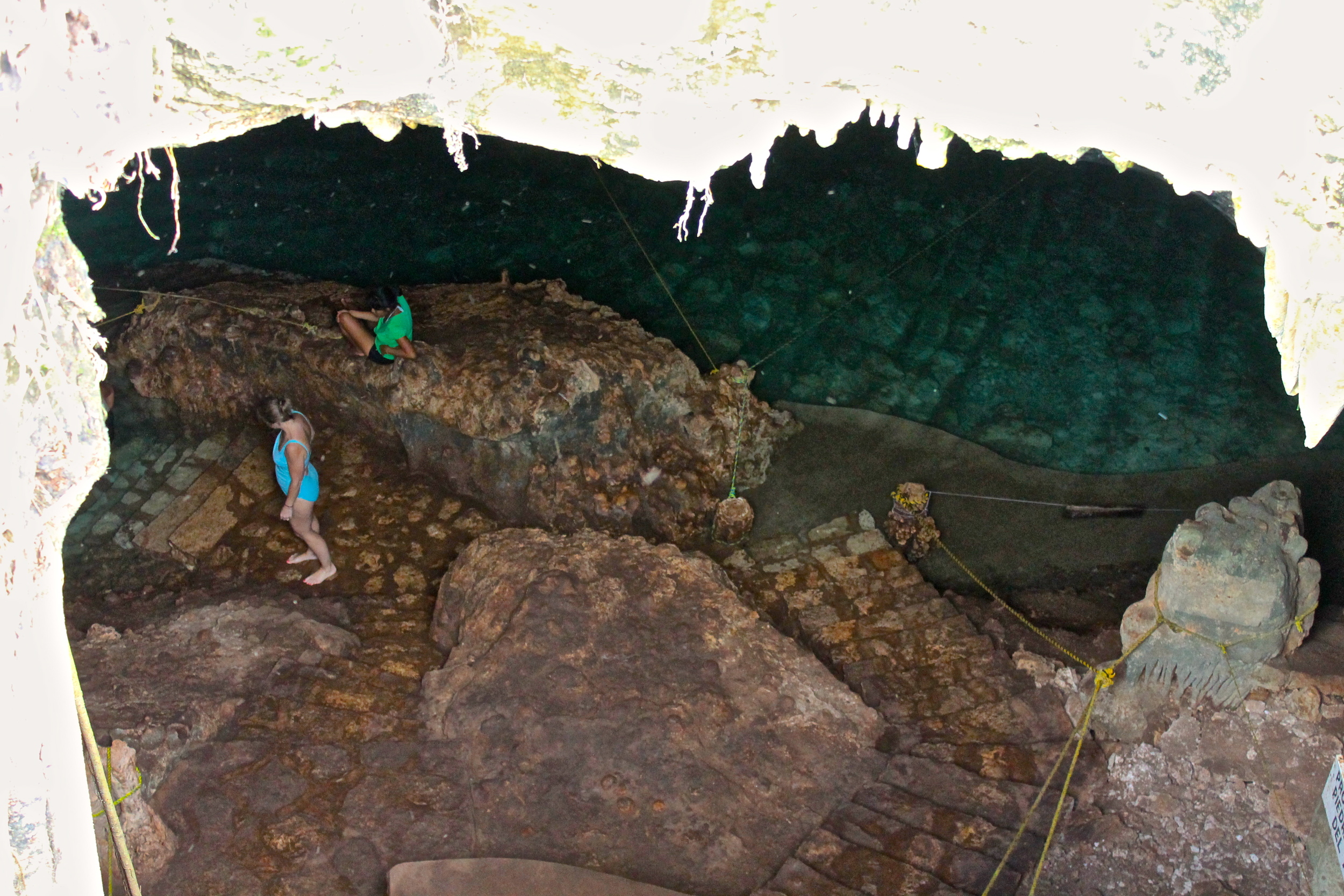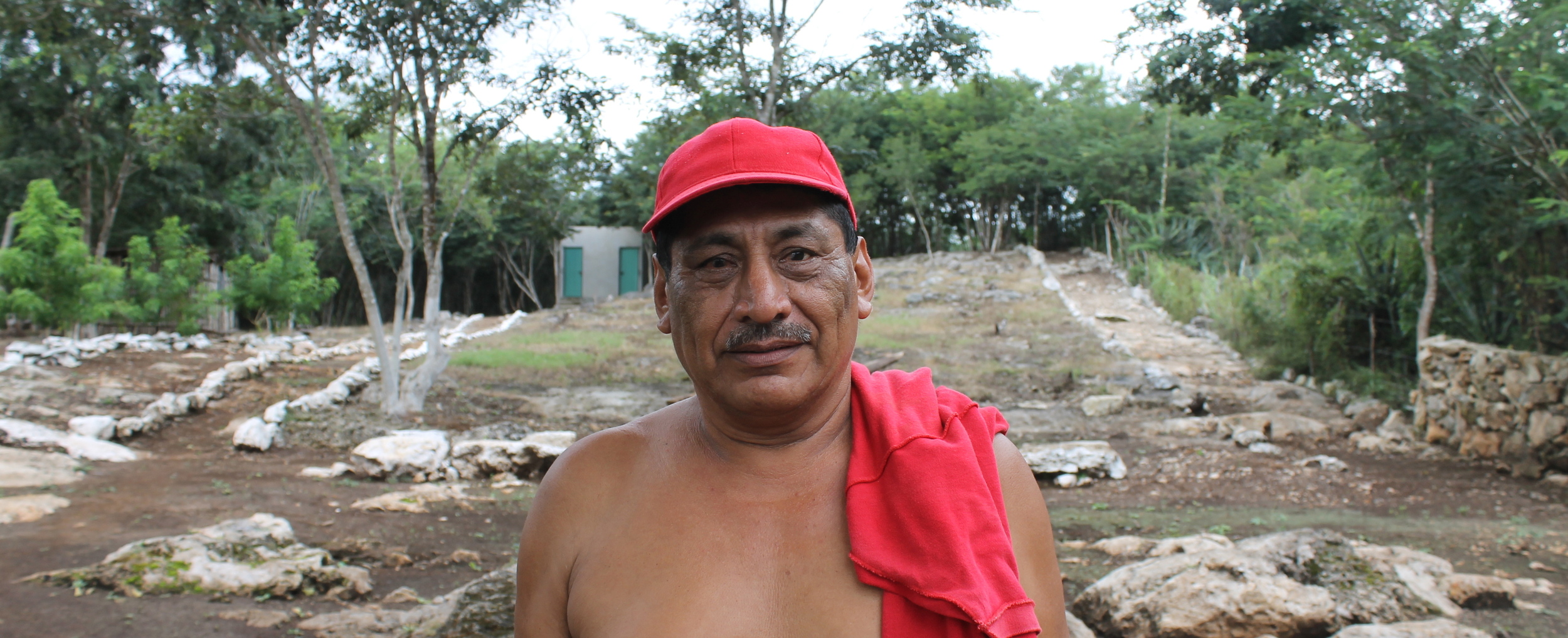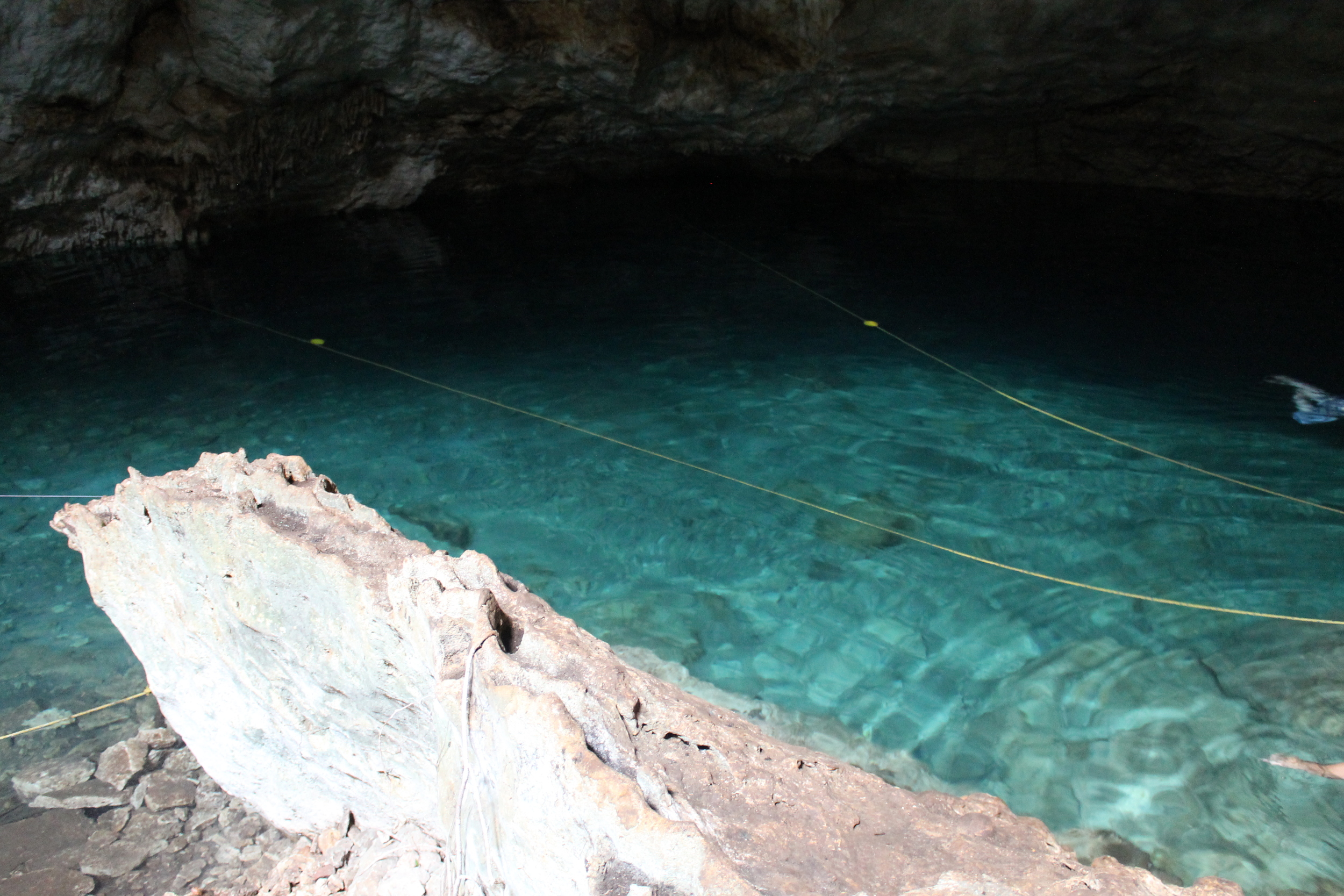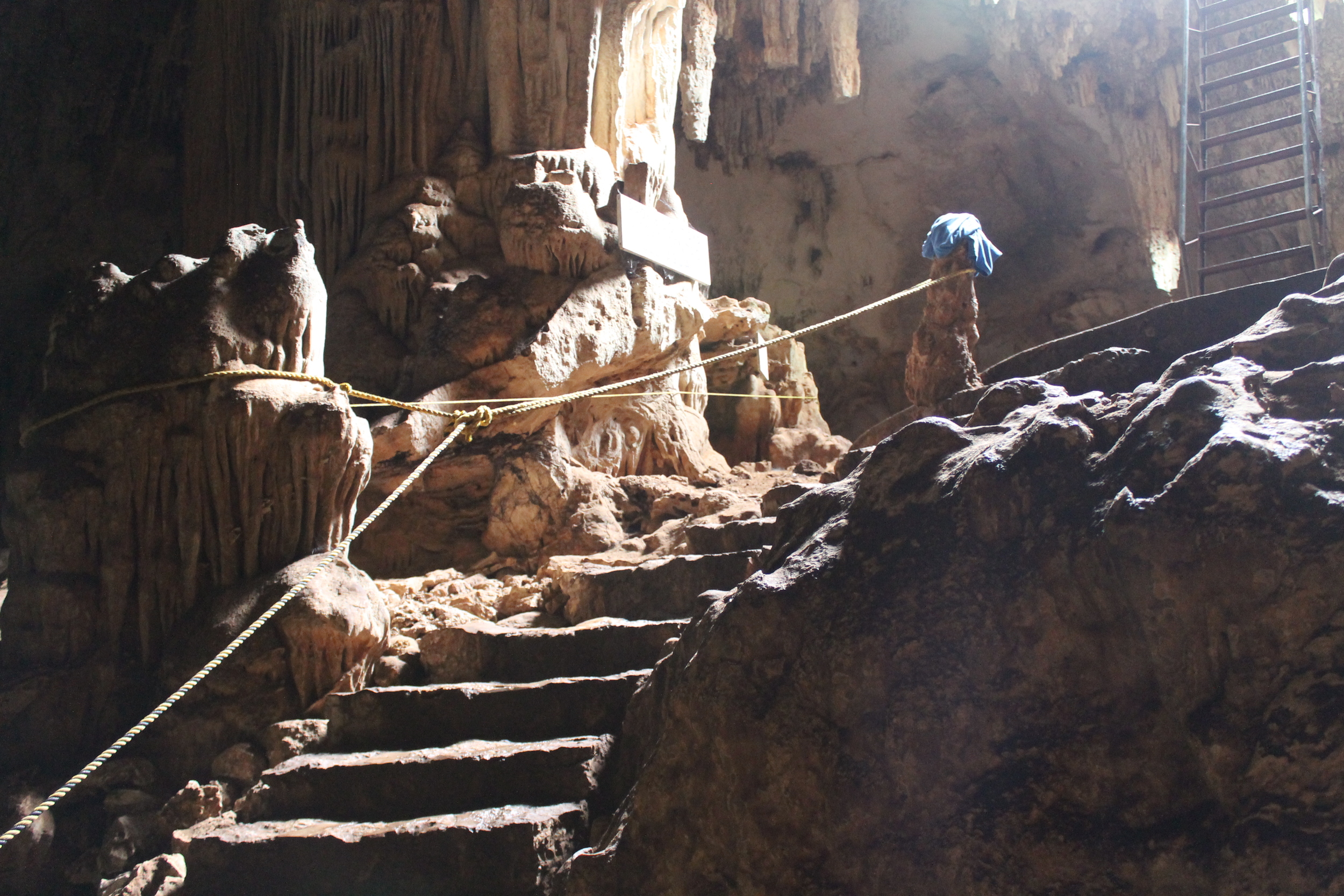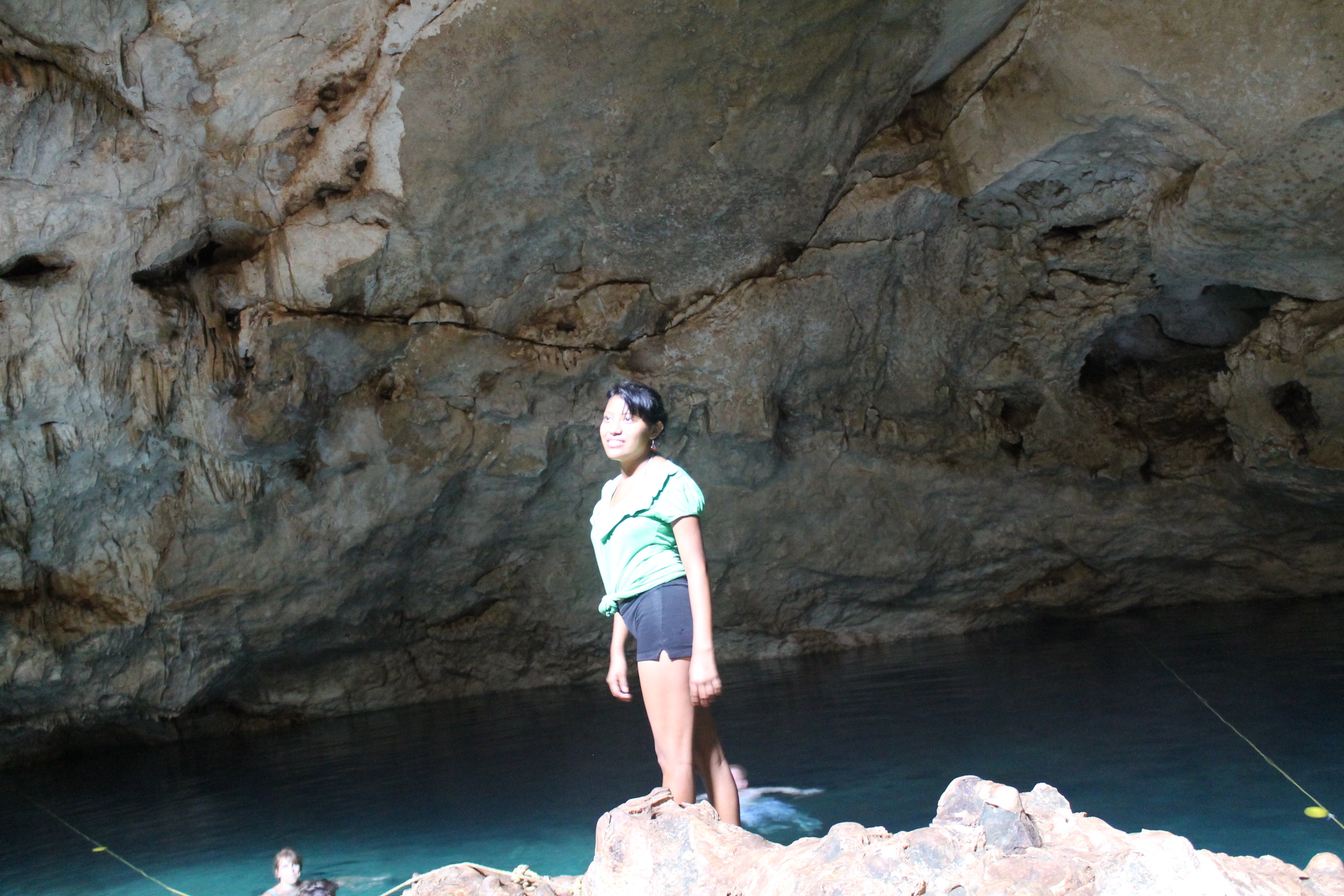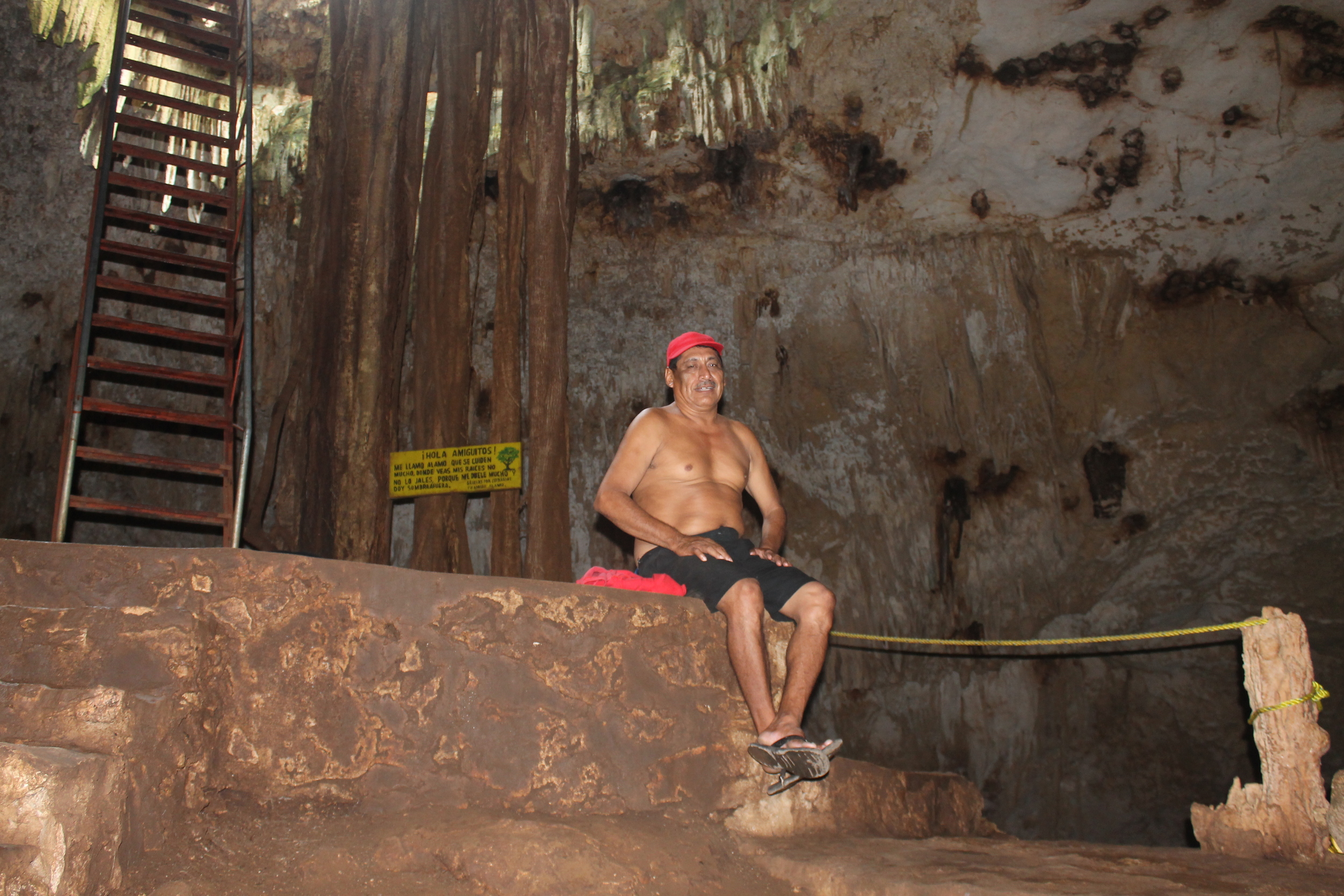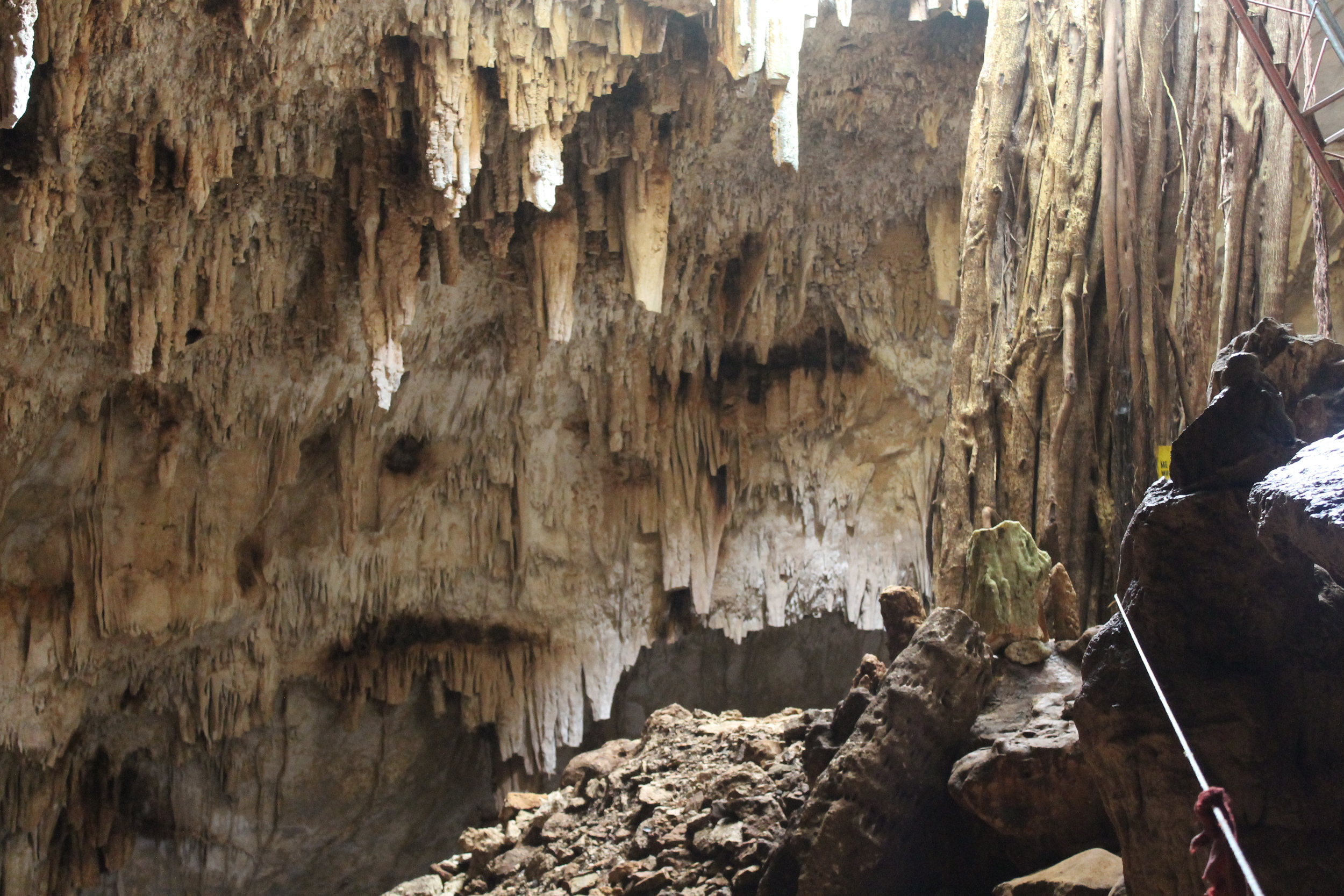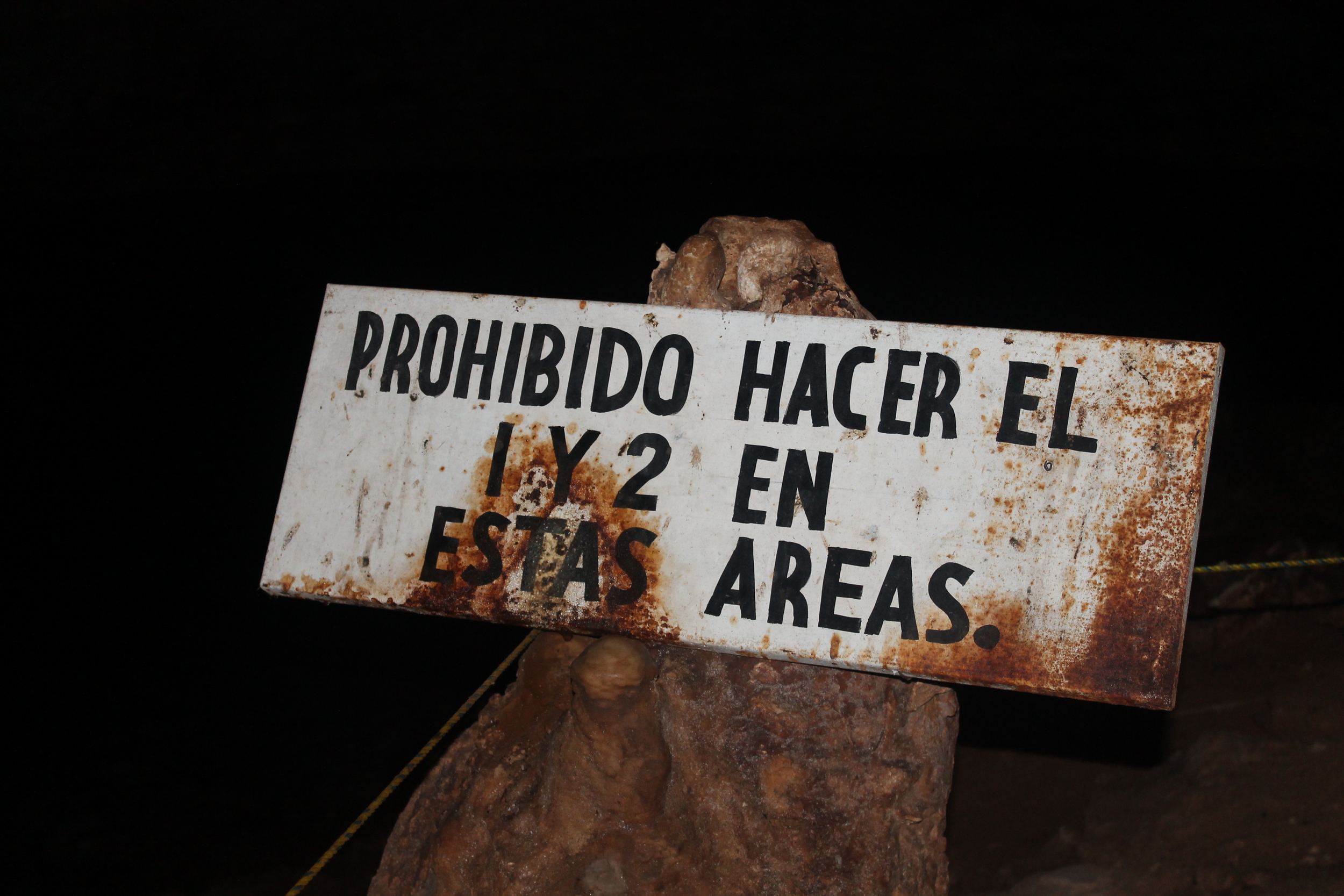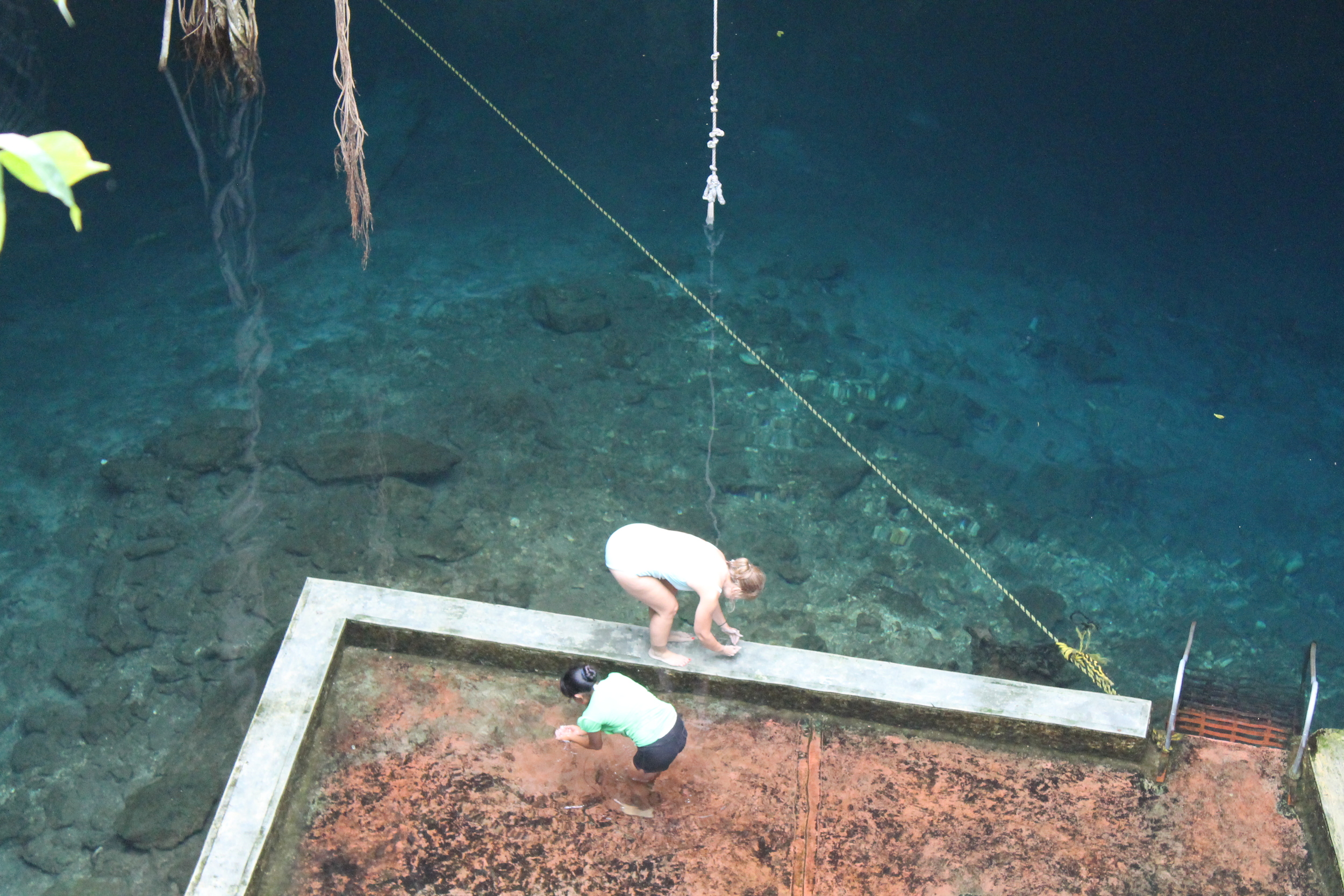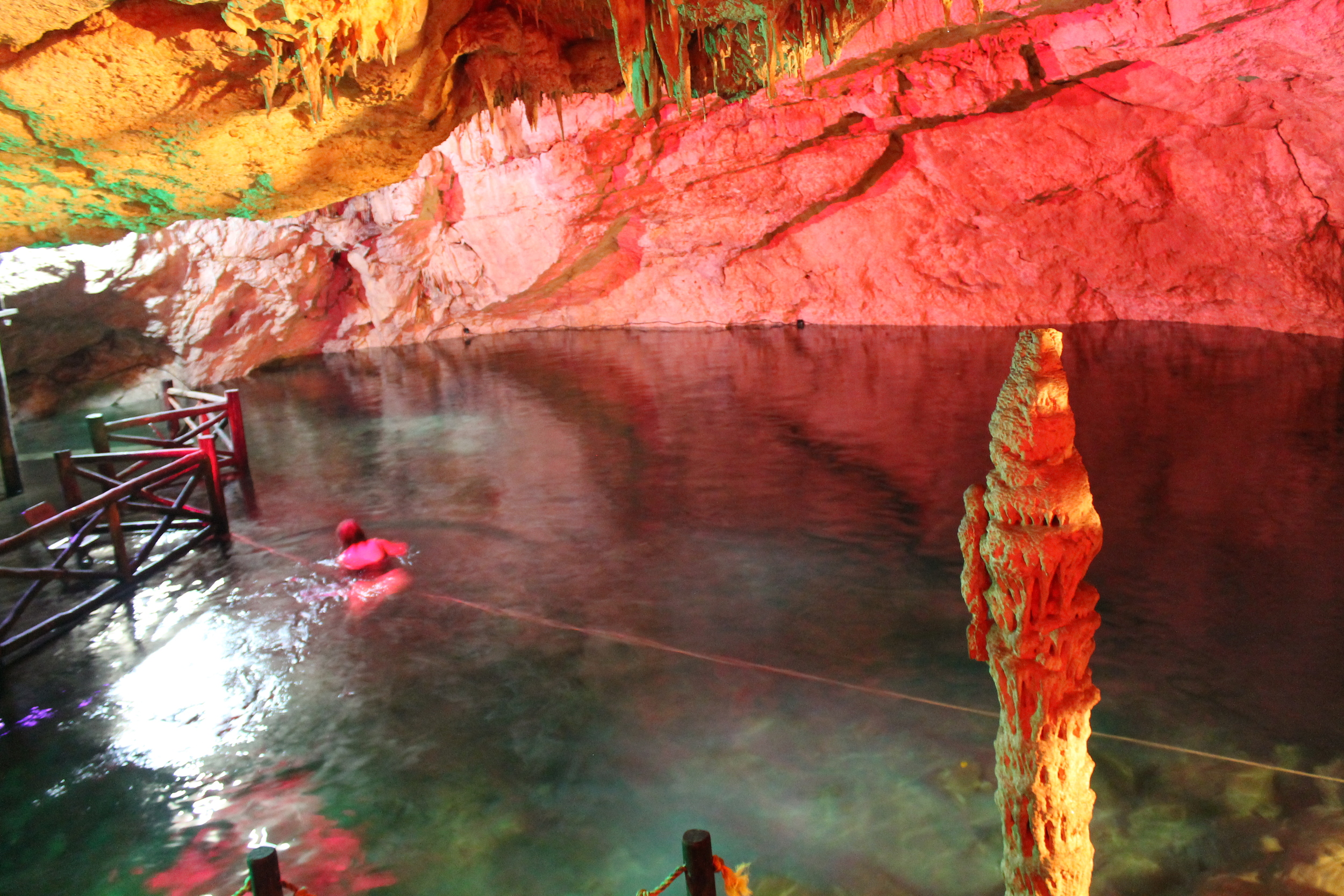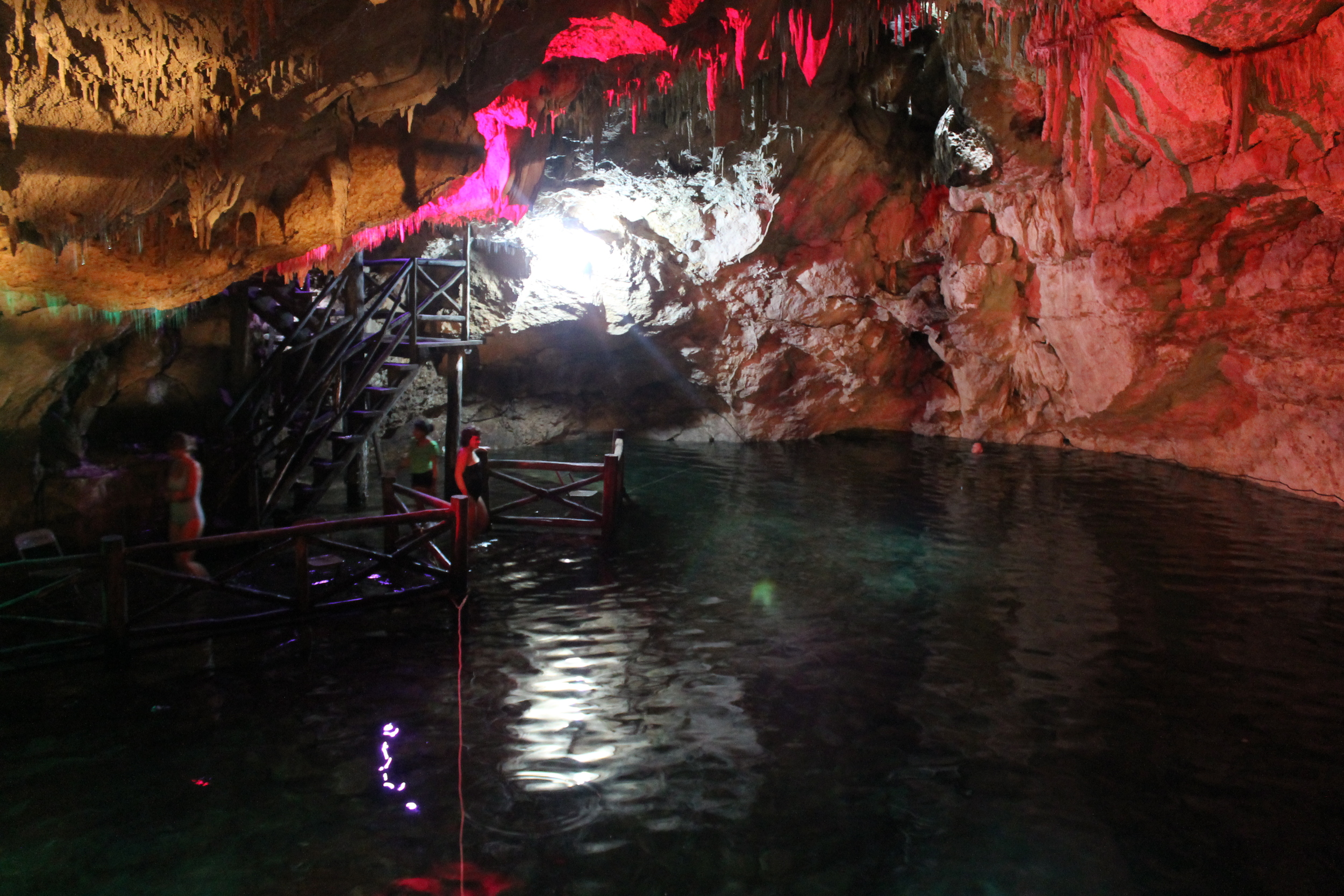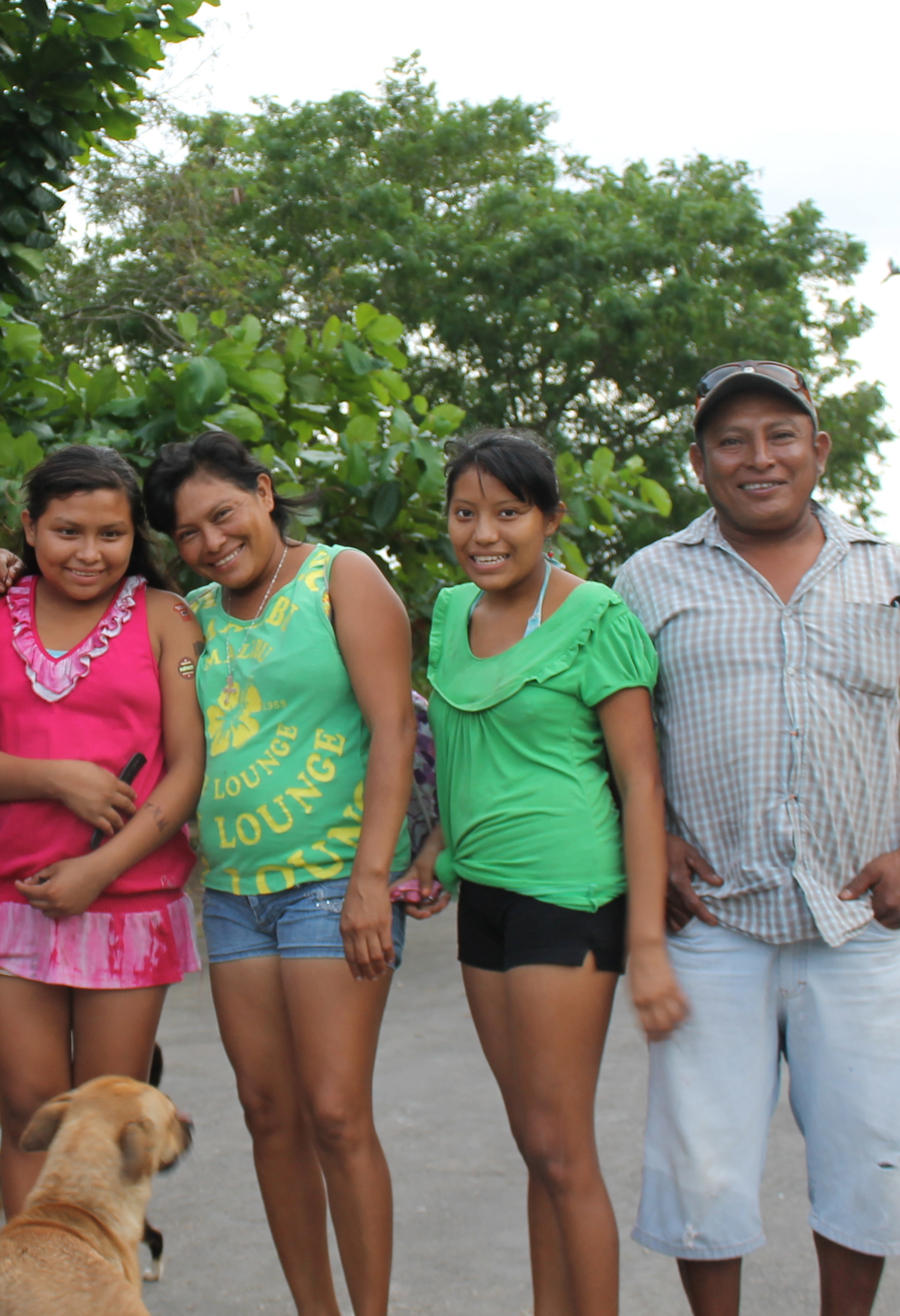Besides all the usual suspects - ruins, haciendas and cenotes - that visitors to the area love to experience, there is a thriving artistic community in Merida comprised of both locals and newcomers to the area. One very special tour can be arranged to see some of these galleries and meet the artists who create pieces ranging from paint to sculpture and beyond.
On this day, which lasted about 12 hours or so, we visited artisans in their homes and galleries, had some great food in spectacular settings and even threw in a home viewing or two. A great day out with two local experts who I shall call Lucinda and Shirley, who are extremely knowledgeable both about art and where to find it in Merida.
An architectural masterpiece in Merida; yes, it's for sale.
The first stop on the tour was a magnificent home, now on the Merida market. A true oasis from the noise and heat outside. The attention to detail and each carefully planned square meter of this home make it really worth a visit. And if you like it enough, you can even buy it and make it your new Merida pied a terre.
After the house tour, a look at some galleries! Some of these you would never know about, as they hide behind an unremarkable and unmarked door on a hot Merida side street, while others stand out boldly, welcoming one and all to peruse their interiors.
Of course, we had to have lunch at some point. Here, the Hacienda Santa Cruz on the outskirts of Merida. Great food, fabulous place.







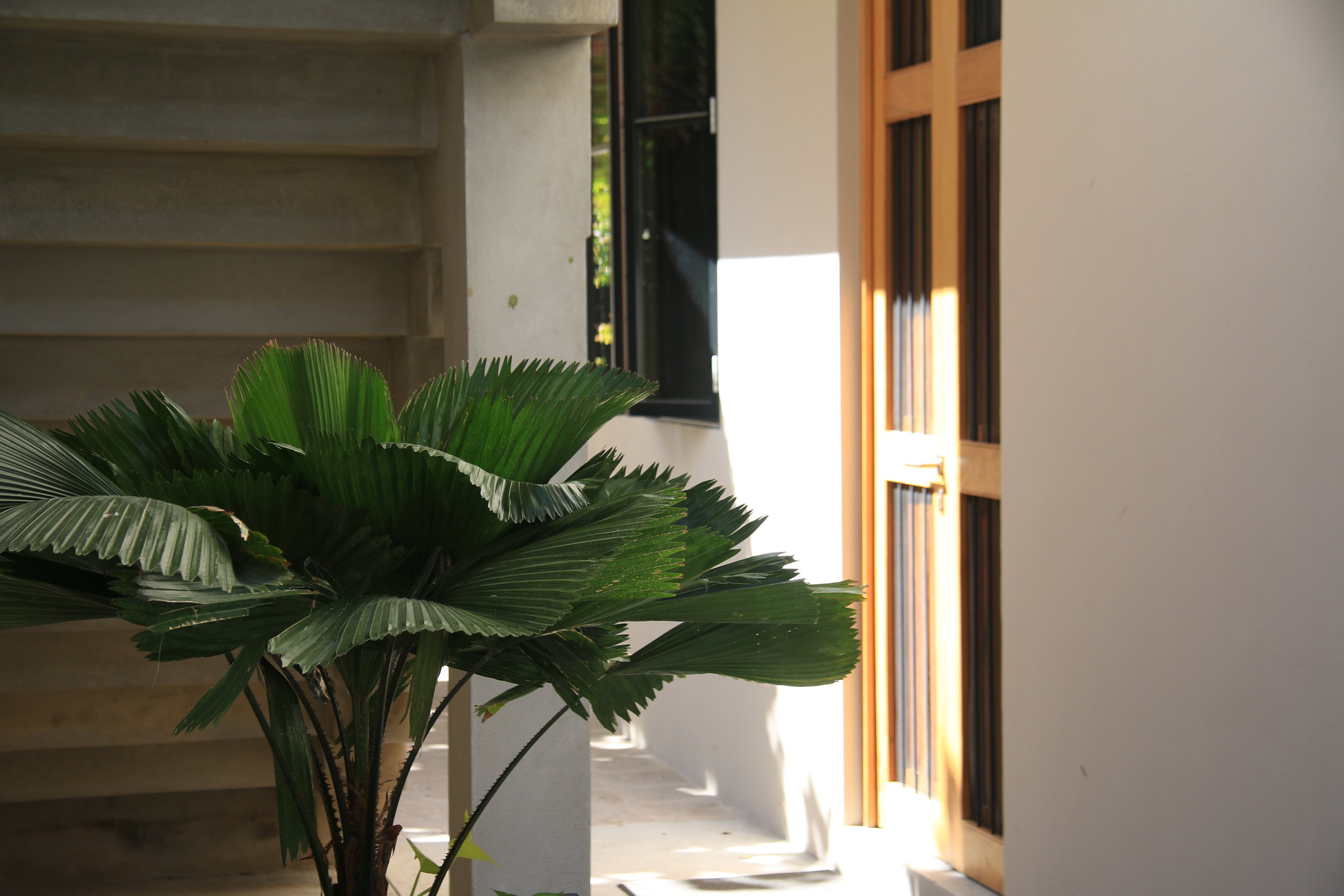




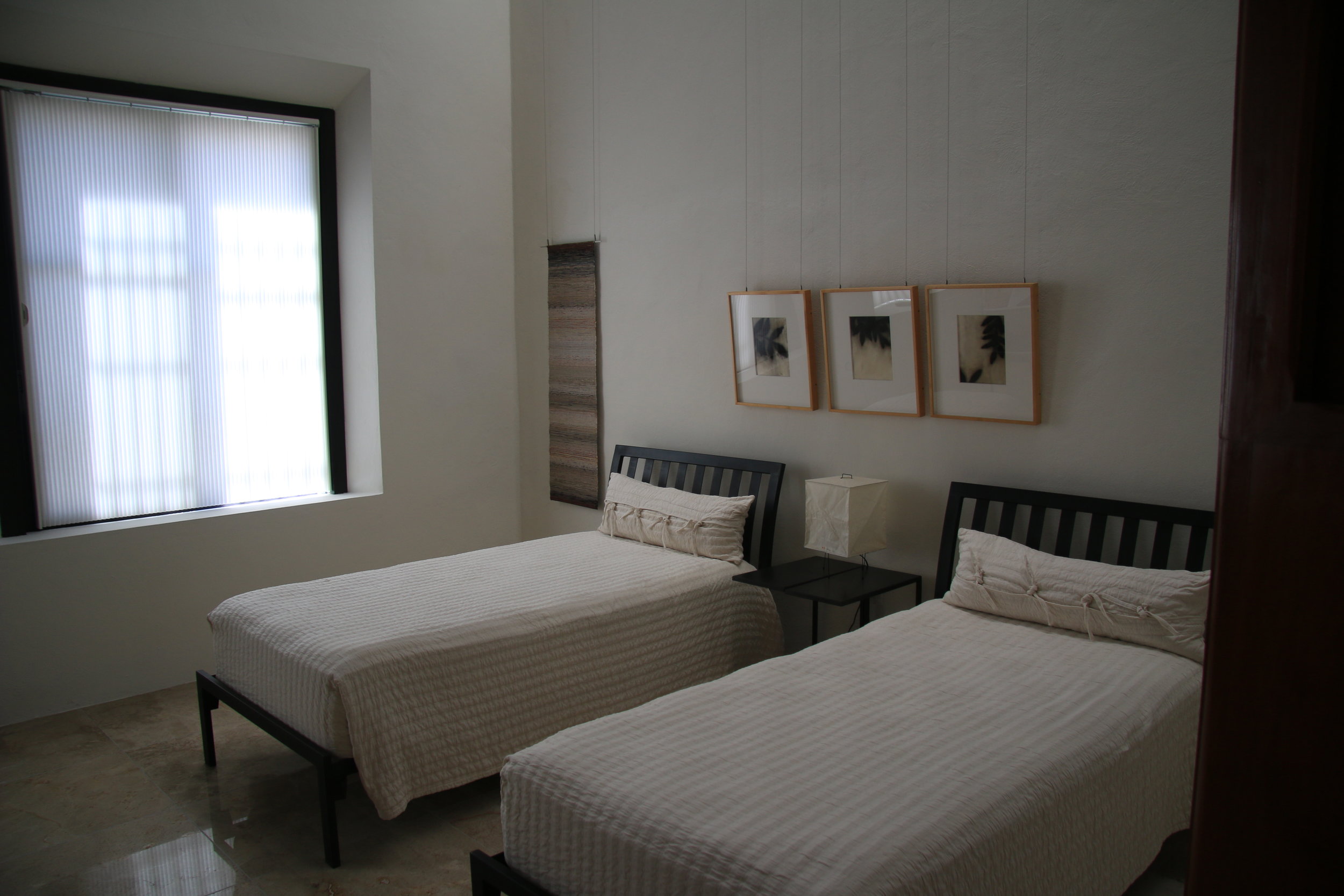





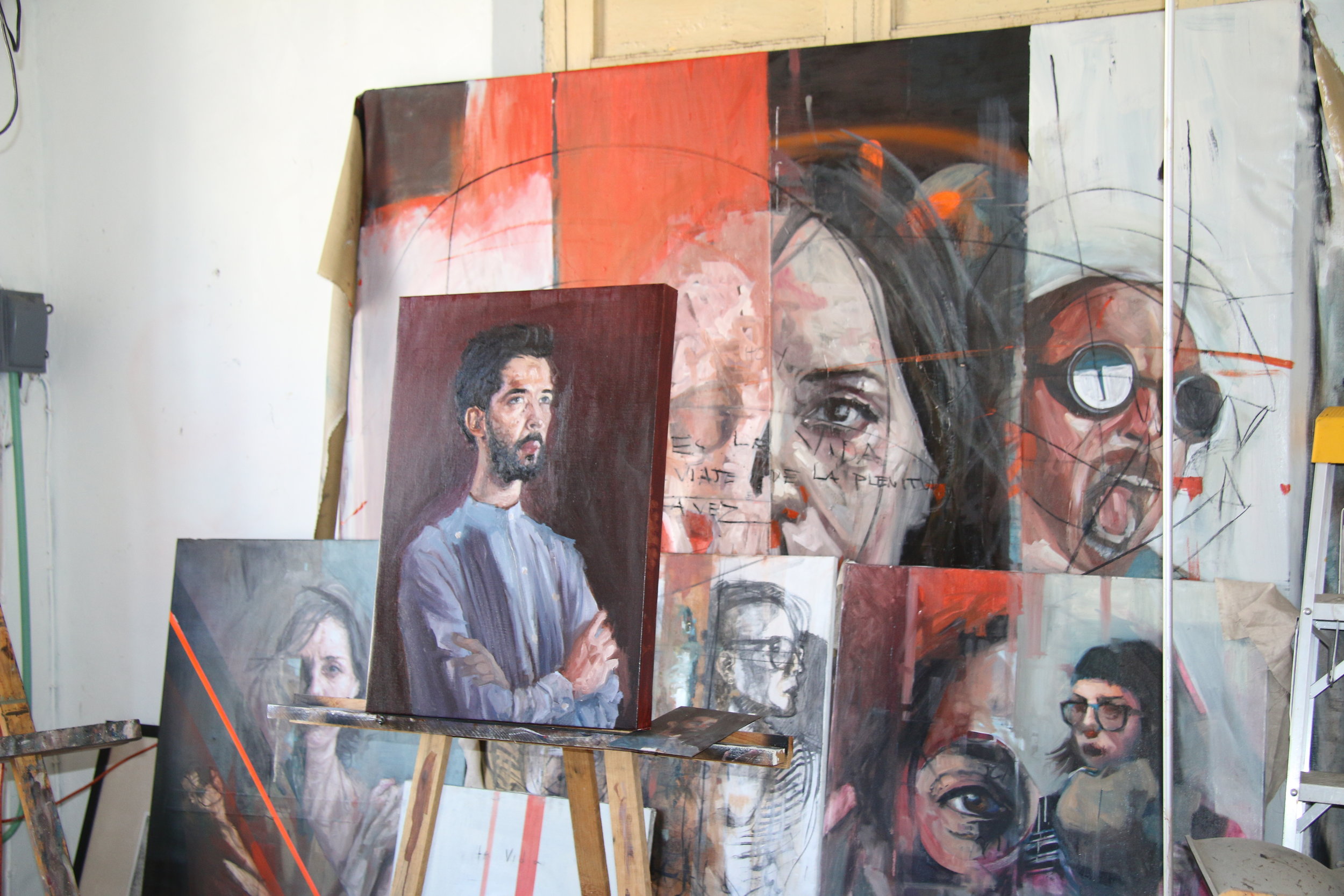
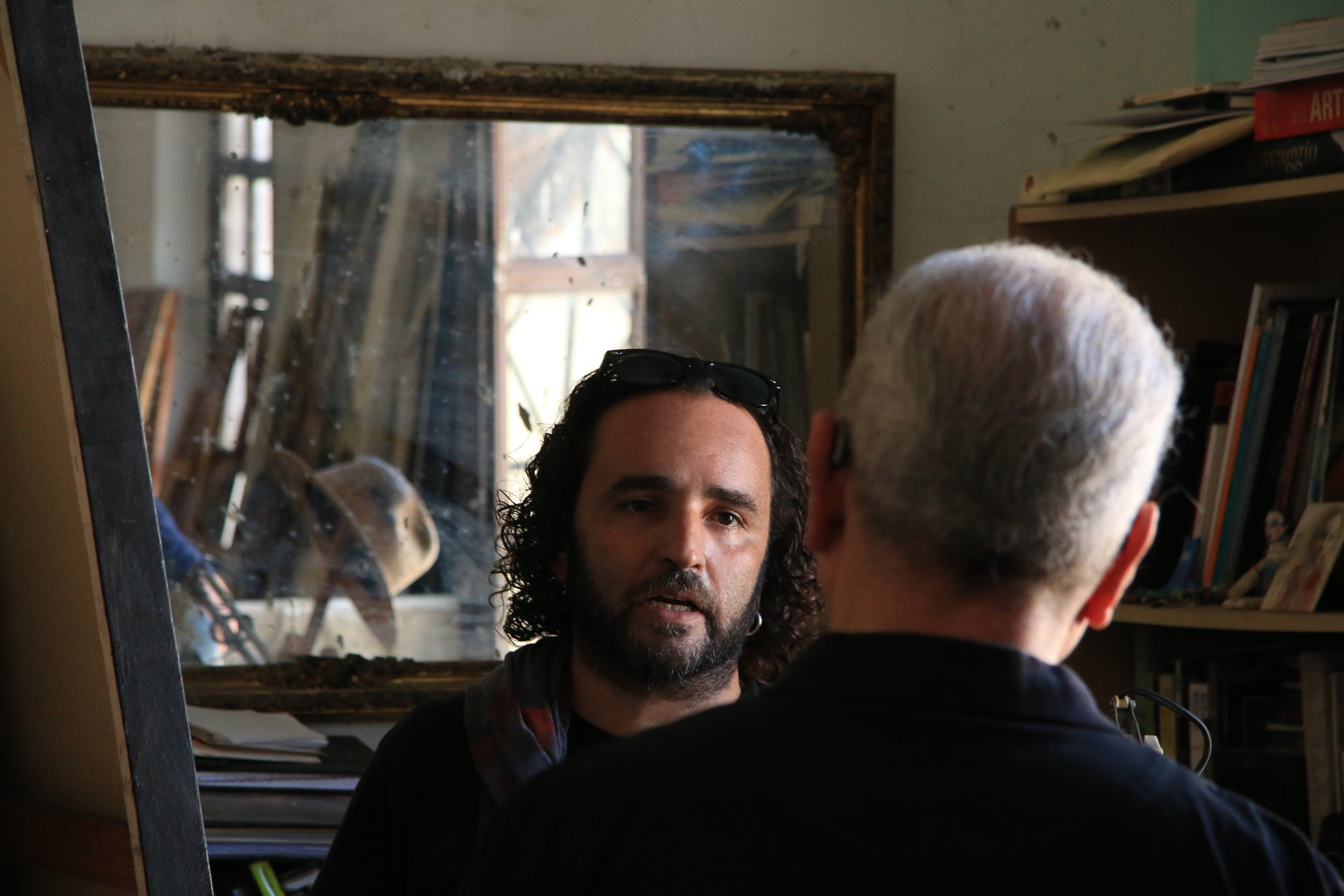







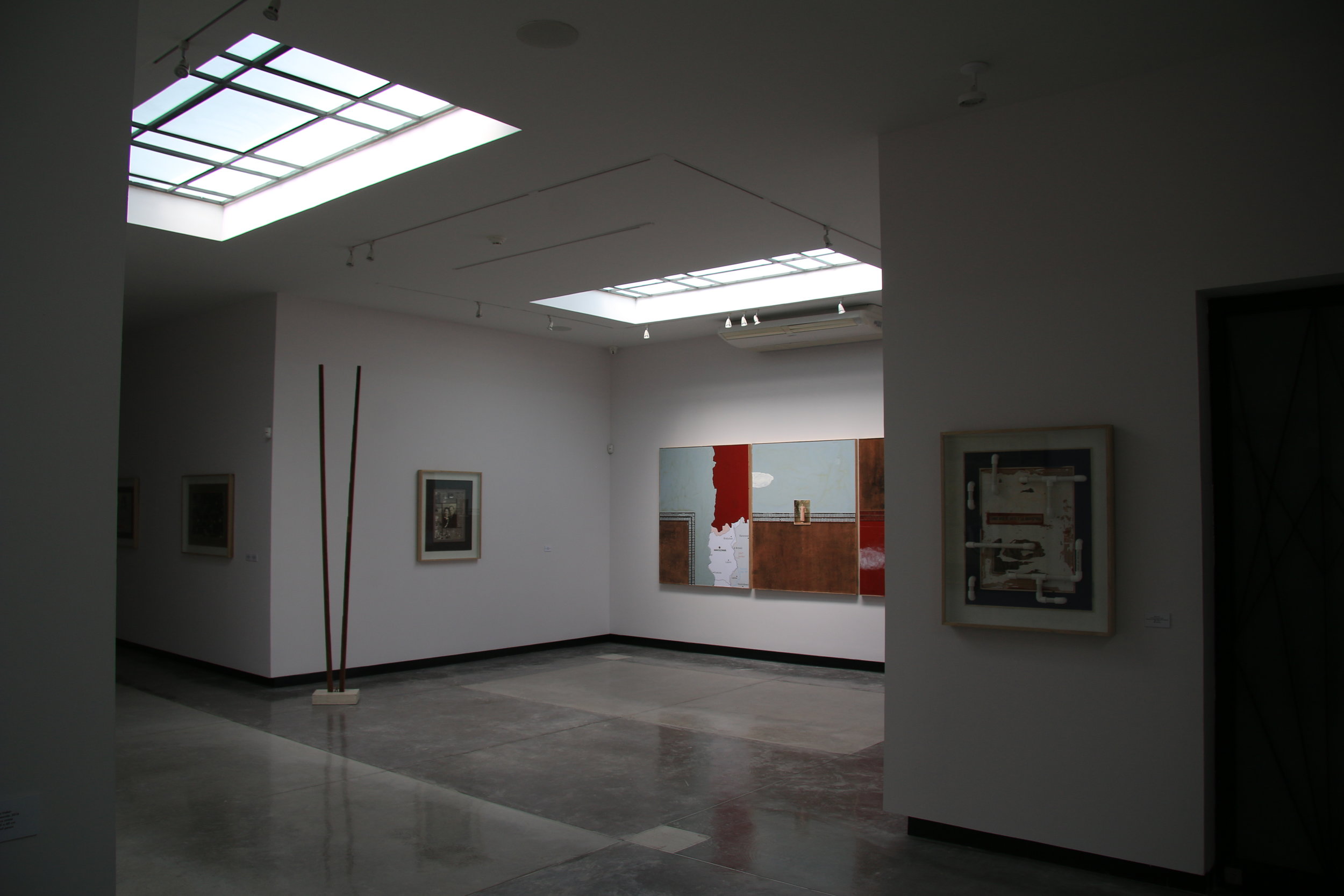


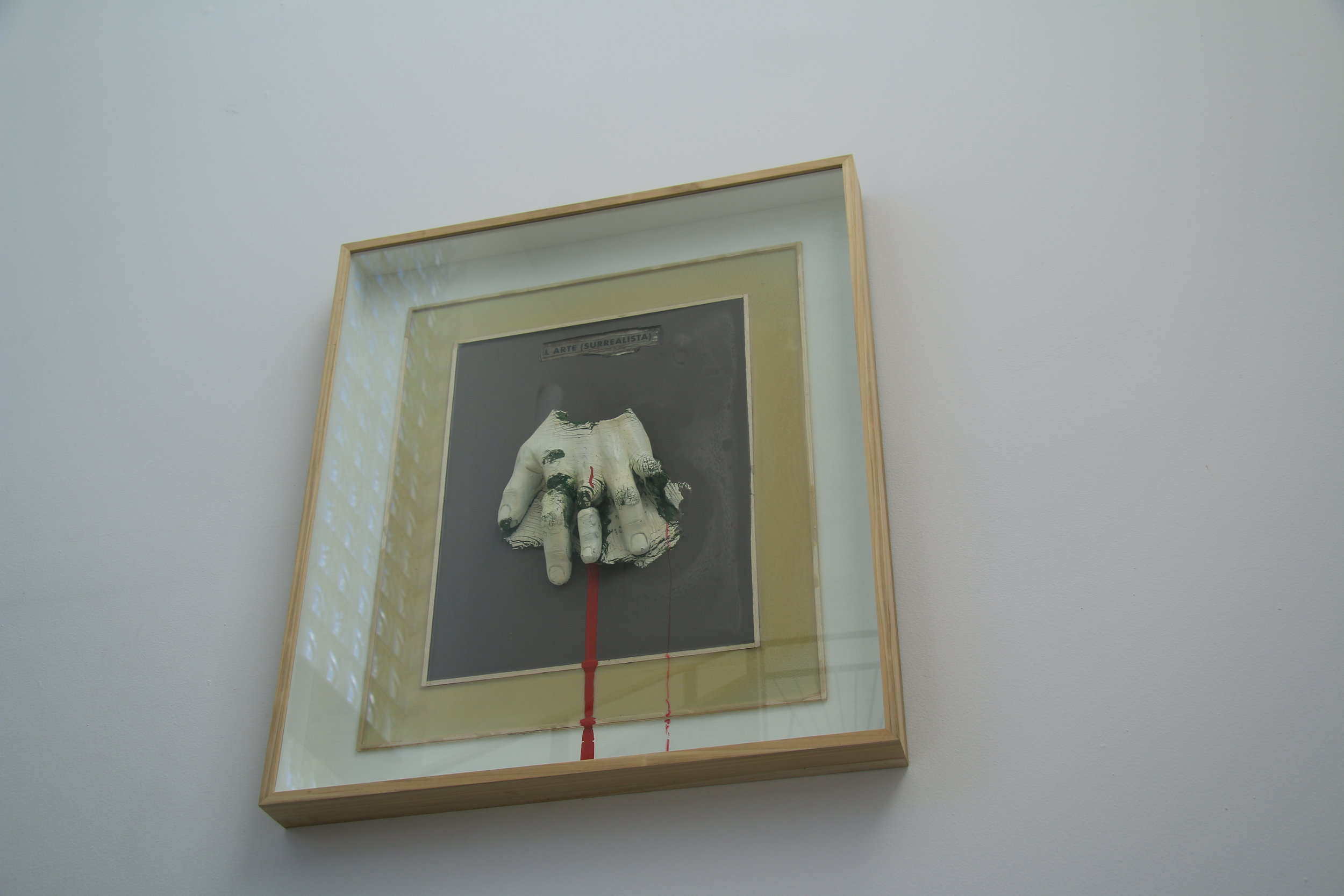
















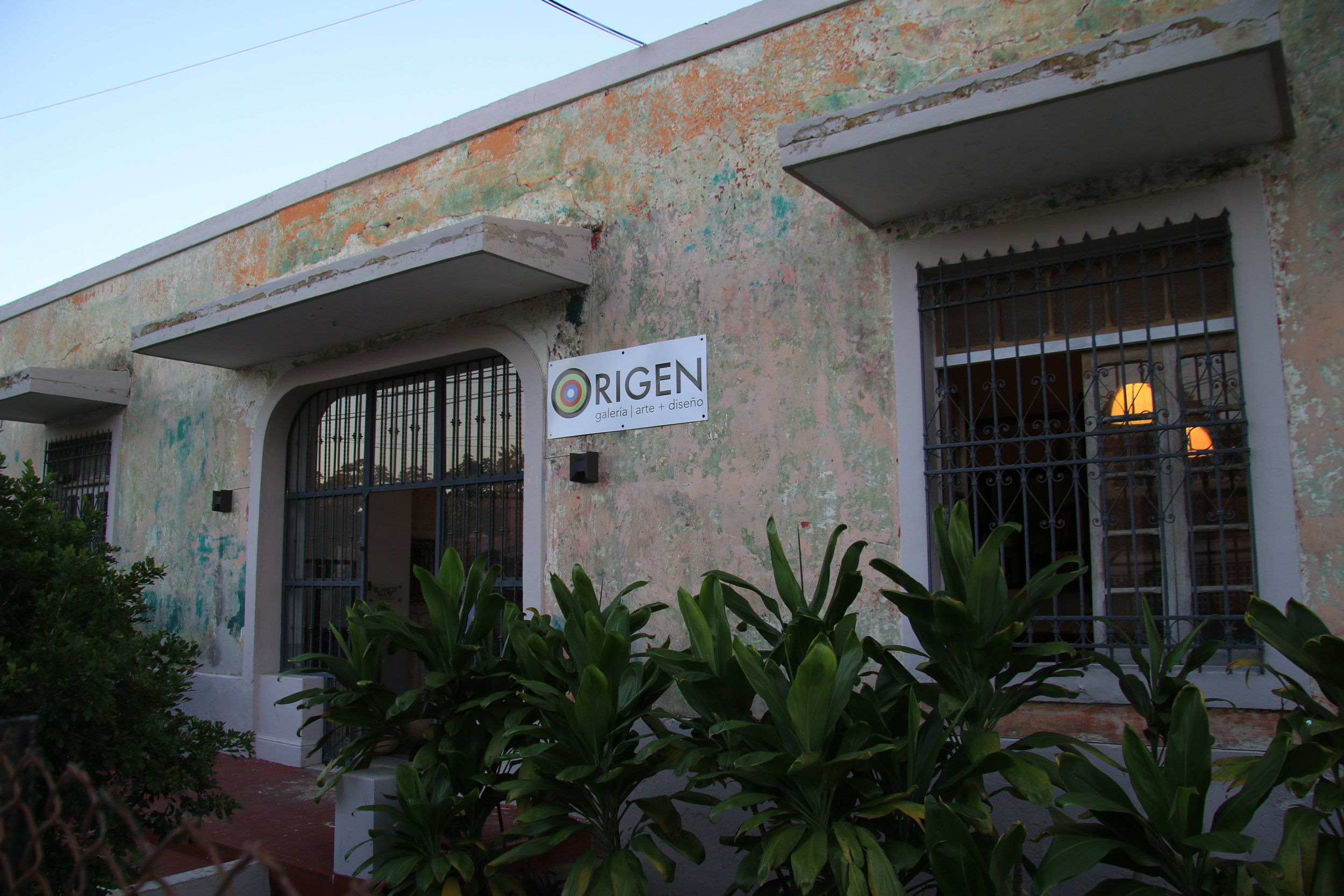



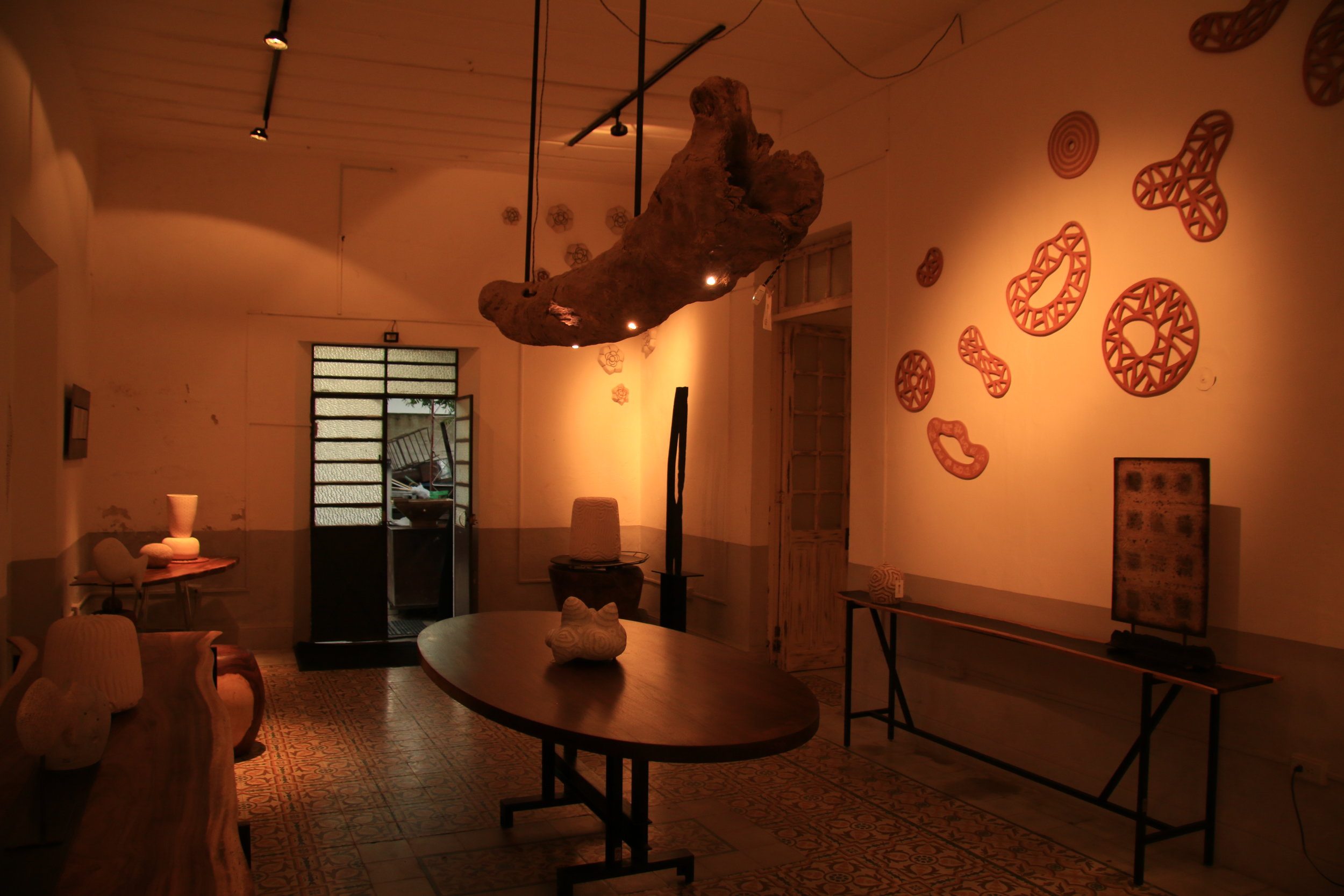




![IMG_2686[1].JPG](https://images.squarespace-cdn.com/content/v1/51656e42e4b0d3f496678394/1407421429376-6GJYKMJNUN1REGR2L7HV/IMG_2686%5B1%5D.JPG)
![IMG_2687[1].JPG](https://images.squarespace-cdn.com/content/v1/51656e42e4b0d3f496678394/1407421465914-3PHCYFAPNV8R3TDONRCU/IMG_2687%5B1%5D.JPG)
![IMG_2689[1].JPG](https://images.squarespace-cdn.com/content/v1/51656e42e4b0d3f496678394/1407421549921-7ZZ0KR0I5P36HZJ5N9IA/IMG_2689%5B1%5D.JPG)









